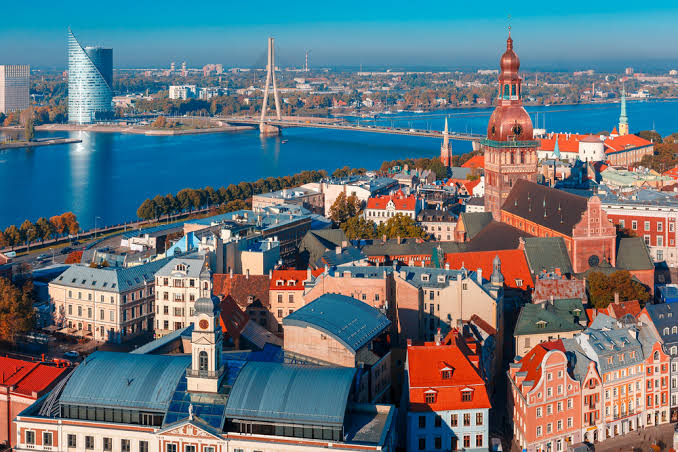Eastern Europe has many hidden treasures, but occasionally they are overlooked since Western Europe’s travel destinations are so much more sought for. “The Top Ten Most Underrated Destinations in Eastern Europe”, discusses ten lovely sites deserving of much more attention. Imagine strolling throughout Lviv, Ukraine’s cobblestone alleyways, where history is whispering in every corner, or appreciating the cliffs along Bulgaria’s Black Sea shore.
With their unspoiled lakes, Triglav National Park in Slovenia exhibits serene beauty. Tirana, Albania, boasts vibrant, distinctive architecture full of many colors and personalities. These locations provide a special mix of real emotions, changing culture, and many historical and cultural monuments without the stifling throngs of visitors. Those on a restricted budget who still wish to conduct unusual activities will be loved. Beautiful castles abound in Transylvania, Romania; Debrecen, Hungary, features leisurely thermal springs. These are but two of the unique encounters available in these locations.
Top Ten Most Underrated Destinations In Eastern Europe
10. Lviv, Ukraine

Nestled in western Ukraine, Lviv is a cultural jewel often overlooked by travelers chasing more famous European cities. Its UNESCO World Heritage-listed old town bursts with Renaissance, Baroque, and Art Nouveau architecture, creating a fairy-tale atmosphere. Rynok Square, the city’s heart, hums with cafes, historic churches, and colorful buildings, while the High Castle offers sweeping views of the Carpathian foothills. Lviv’s affordability is a major draw, with budget accommodations and hearty Ukrainian meals costing a fraction of Western European prices.
The city’s vibrant coffee culture, rooted in its Austro-Hungarian past, invites leisurely afternoons in cozy cafes. Explore the Lviv Opera House or the quirky Pharmacy Museum for a dose of history. With fewer tourists than Prague or Budapest, Lviv delivers an authentic Eastern European experience, blending Polish, Ukrainian, and Jewish influences. Its cobblestone streets and lively festivals make it a must-visit for those seeking hidden gems and cultural immersion without breaking the bank.
9. Plovdiv, Bulgaria
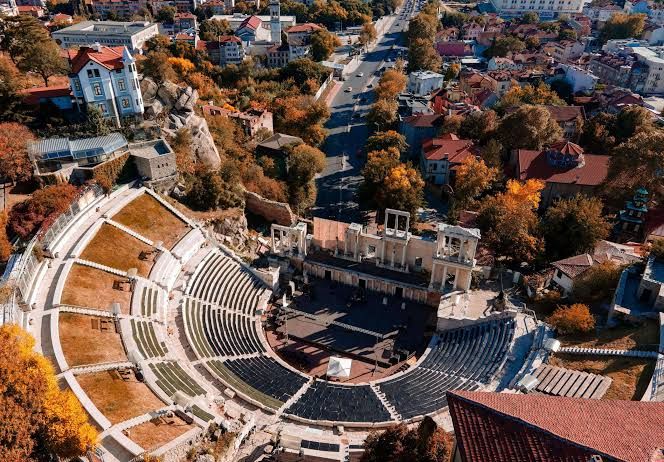
Plovdiv, Bulgaria’s second-largest city, is one of Europe’s oldest continuously inhabited cities, with a history stretching over 6,000 years. Its UNESCO-listed Old Town is a maze of cobblestone streets, Roman ruins, and Ottoman-era houses, offering a glimpse into Thracian, Roman, and Byzantine pasts. The Ancient Theatre of Philippopolis, still hosting performances, is a highlight, while the Kapana district buzzes with art galleries and trendy cafes. Plovdiv’s affordability, with low-cost accommodations and meals, makes it a haven for budget travelers.
Its location between the Rhodope and Balkan Mountains offers easy access to hiking and wine regions, adding natural beauty to its cultural appeal. The city’s vibrant arts scene, boosted by its 2019 European Capital of Culture status, includes street art and festivals that draw creative souls. Unlike Sofia, Plovdiv remains less crowded, offering an authentic Bulgarian experience with a modern twist, perfect for history buffs and adventure seekers looking for off-the-beaten-path destinations.
8. Wrocław, Poland
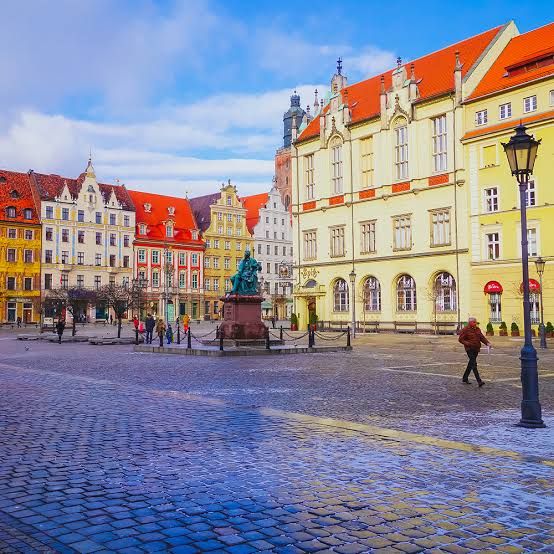
Wrocław, Poland’s fourth-largest city, is a colorful blend of history and whimsy, often overshadowed by Krakow or Warsaw. Its Market Square, one of Europe’s largest, is lined with vibrant townhouses and bustling cafes, creating a lively atmosphere. The city’s unique charm lies in its 300+ dwarf statues, scattered across streets, delighting visitors with their quirky stories. Historical sites like the Panorama of Racławice, a massive circular painting, and the White Stork Synagogue showcase Wrocław’s rich Jewish and Polish heritage.
Affordable accommodations and a thriving craft beer scene make it a budget traveler’s dream. The Oder River, dotted with islands and bridges, adds scenic beauty, while nearby Lower Silesia offers day trips to historic towns. Wrocław’s walkable center and vibrant student culture ensure a lively yet uncrowded experience, making it an ideal Eastern European gem for those seeking cultural depth and offbeat adventures.
7. Mostar, Bosnia and Herzegovina
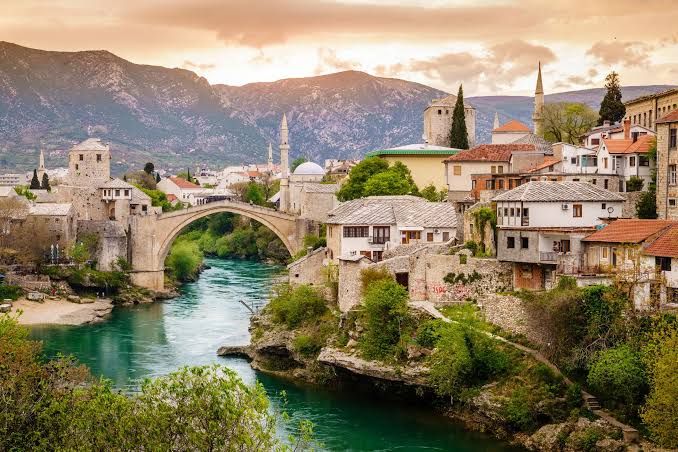
Mostar, in Bosnia and Herzegovina, is a captivating blend of Ottoman and Austro-Hungarian influences, centered around its iconic Stari Most, a 16th-century bridge rebuilt after the Bosnian War. This UNESCO site, where divers leap into the Neretva River, is a symbol of resilience. The Old Town’s cobblestone streets are lined with Turkish-style houses, vibrant markets, and cafes serving Bosnian coffee.
Nearby Kravica Waterfalls offer stunning natural beauty, perfect for nature lovers. Mostar’s affordability, with budget accommodations and hearty meals like dolma or sarma, makes it a standout for cost-conscious travelers. Its relaxed vibe and historical depth, from Ottoman mosques to war-scarred buildings, create a unique atmosphere. Less crowded than Dubrovnik, Mostar offers an authentic Balkan experience, ideal for those seeking cultural immersion and off-the-beaten-path adventures in Eastern Europe’s heart.
6. Tirana, Albania
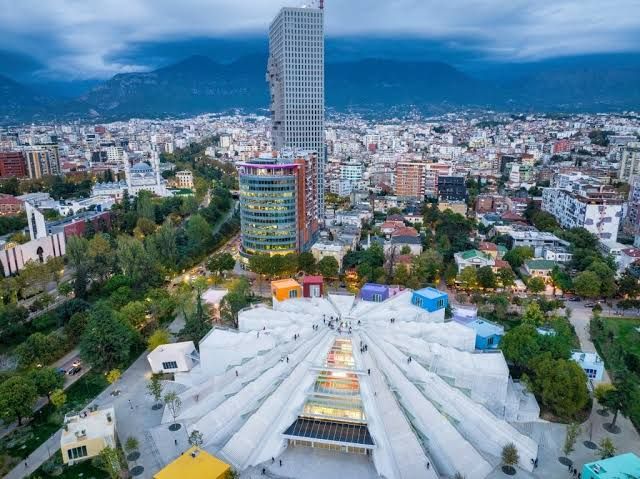
Tirana, Albania’s vibrant capital, is a colorful surprise often ignored by travelers. Its buildings, painted in bright hues, reflect a city reborn from its communist past. Skanderbeg Square, with its grand statue and Et’hem Bey Mosque, is a cultural hub, while the Blloku district, once exclusive to elites, now buzzes with trendy cafes and nightlife. Bunk’Art museums, housed in Cold War bunkers, offer a haunting glimpse into Albania’s history, making it a must for history buffs.
Affordable accommodations and meals, averaging under €10, make Tirana a budget traveler’s paradise. The nearby Mount Dajti, accessible by cable car, provides stunning views and hiking opportunities. Tirana’s youthful energy and lack of tourist crowds make it a hidden gem for urban explorers seeking authentic Balkan experiences and offbeat Eastern European destinations.
5. Chișinău, Moldova
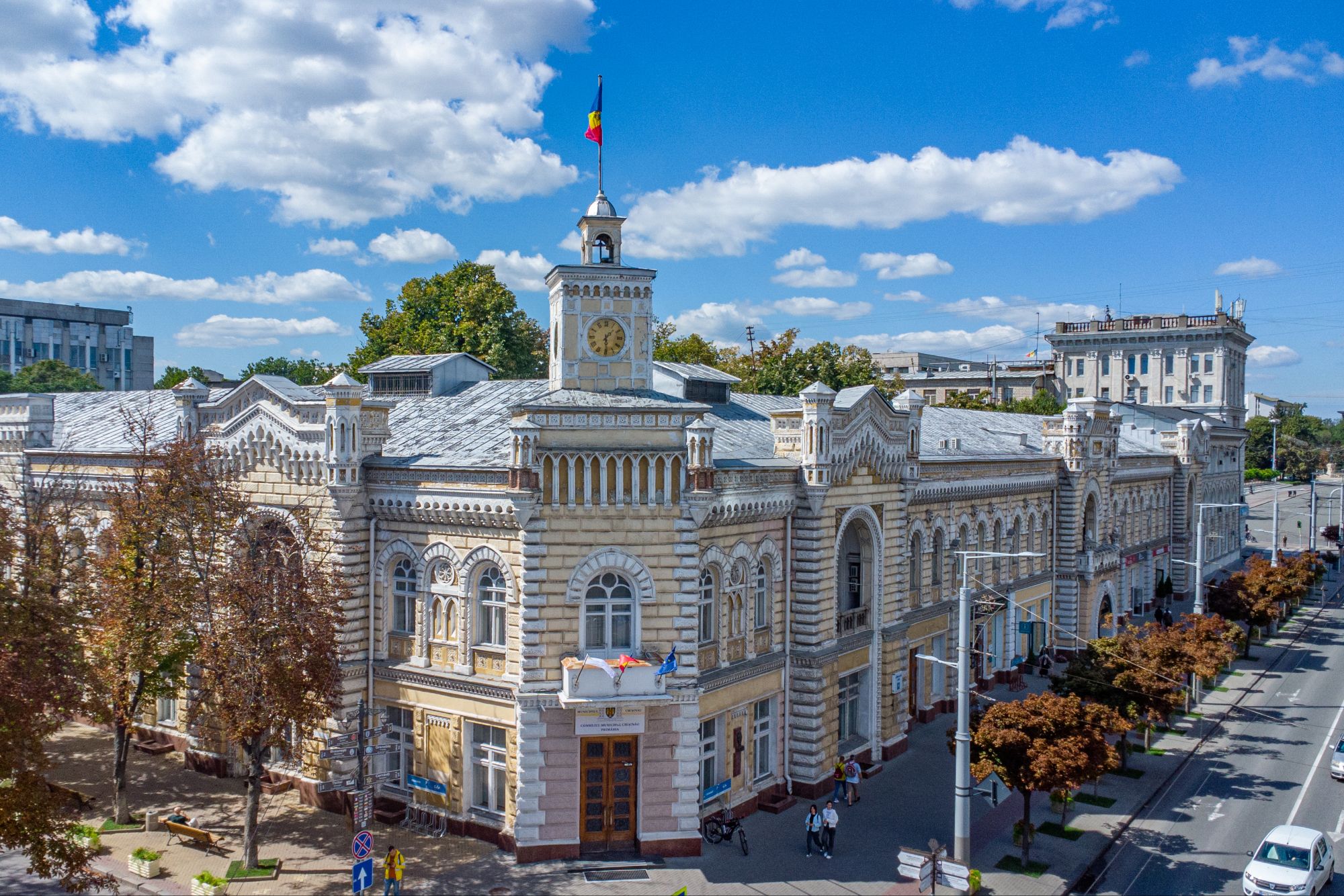
Chișinău, Moldova’s capital, is an offbeat destination blending Soviet history with emerging modernity. The Nativity Cathedral and Stephen the Great Monument anchor the city’s center, while the Central Market offers a vibrant taste of local life with fresh produce and crafts. Known for its wine tourism, Chișinău is a gateway to nearby Cricova and Mileștii Mici wineries, where underground cellars stretch for miles.
Budget-friendly accommodations and meals, often under €10, make it ideal for cost-conscious travelers. The city’s Soviet-era architecture, like the Parliament building, contrasts with green parks and modern cafes, creating a unique vibe. Less touristy than other Eastern European capitals, Chișinău offers authentic cultural experiences, from traditional Moldovan cuisine to its welcoming atmosphere, perfect for adventurers seeking hidden gems and off-the-beaten-path discoveries.
4. Ruse, Bulgaria

Ruse, dubbed “Little Vienna,” is a charming Bulgarian city on the Danube River, often overlooked for Sofia or Plovdiv. Its Neo-Baroque and Neo-Rococo architecture, seen in landmarks like the Holy Trinity Cathedral and Ruse Opera House, exudes elegance. The riverside promenade offers scenic views, while the Sexaginta Prista fortress reveals Roman history.
Affordable accommodations and dining, with traditional Bulgarian dishes costing under €7, make Ruse a budget traveler’s delight. Its proximity to Romania allows for cross-border day trips, adding versatility to a visit. The city’s quiet charm, uncrowded streets, and rich cultural heritage make it an ideal Eastern European destination for those seeking history, architecture, and offbeat experiences away from tourist hordes.
3. Lublin, Poland
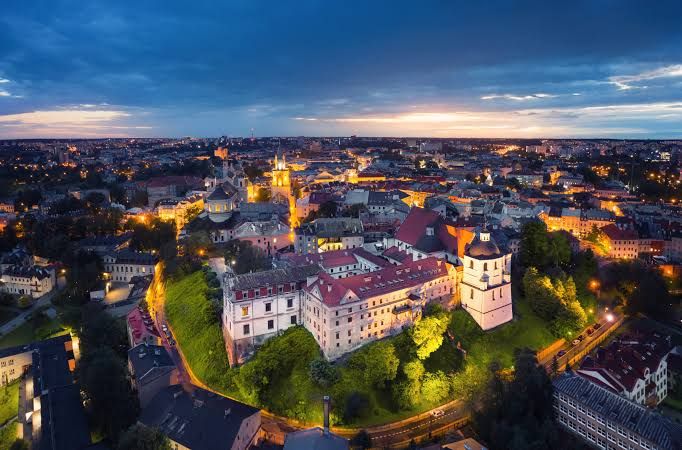
Lublin, in eastern Poland, is a hidden gem with a picturesque old town rivaling more famous Polish cities. Its pastel-colored merchant houses and cobblestone streets create a charming atmosphere, while Lublin Castle offers panoramic views and historical exhibits. The nearby Majdanek concentration camp provides a sobering look at World War II history, adding depth to a visit.
Affordable accommodations and traditional Polish meals, like pierogi, make Lublin budget-friendly. Its location near Ukraine and Belarus positions it as a gateway for Eastern European exploration. With fewer tourists than Krakow, Lublin offers an authentic cultural experience, vibrant festivals, and a thriving arts scene, perfect for travelers seeking history and off-the-beaten-path adventures.
2. Riga, Latvia
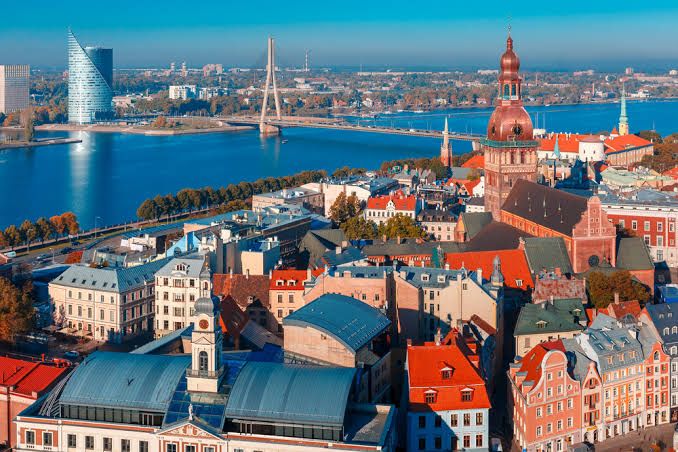
Riga, Latvia’s capital, is a Baltic gem with stunning Art Nouveau architecture and a UNESCO-listed Old Town. Landmarks like the House of the Black Heads and Riga Cathedral draw history lovers, while the Central Market, housed in former Zeppelin hangars, offers a vibrant food scene.
Affordable accommodations and meals, averaging €10-15, make Riga a budget traveler’s haven. Its cobblestone streets, medieval charm, and proximity to Jūrmala Beach add variety, blending urban and natural attractions. Riga’s artistic vibe, with galleries and festivals, appeals to creative souls. Less crowded than Tallinn, it’s an ideal destination for cultural immersion and offbeat Eastern European adventures.
1. Sarajevo, Bosnia and Herzegovina

Sarajevo, Bosnia and Herzegovina’s capital, is a captivating blend of East and West, where Ottoman bazaars meet Austro-Hungarian architecture. The Baščaršija district, with its cobblestone streets and mosques, reflects Ottoman heritage, while the Latin Bridge marks the site of Archduke Franz Ferdinand’s assassination.
Surrounded by mountains, Sarajevo offers hiking and skiing, with sites like the Tunnel of Hope providing historical depth. Affordable accommodations and Bosnian cuisine, like cevapi, keep costs low. Its warm hospitality and lack of tourist crowds make it a standout for authentic cultural experiences and off-the-beaten-path travel, perfect for history and nature enthusiasts exploring Eastern Europe.

